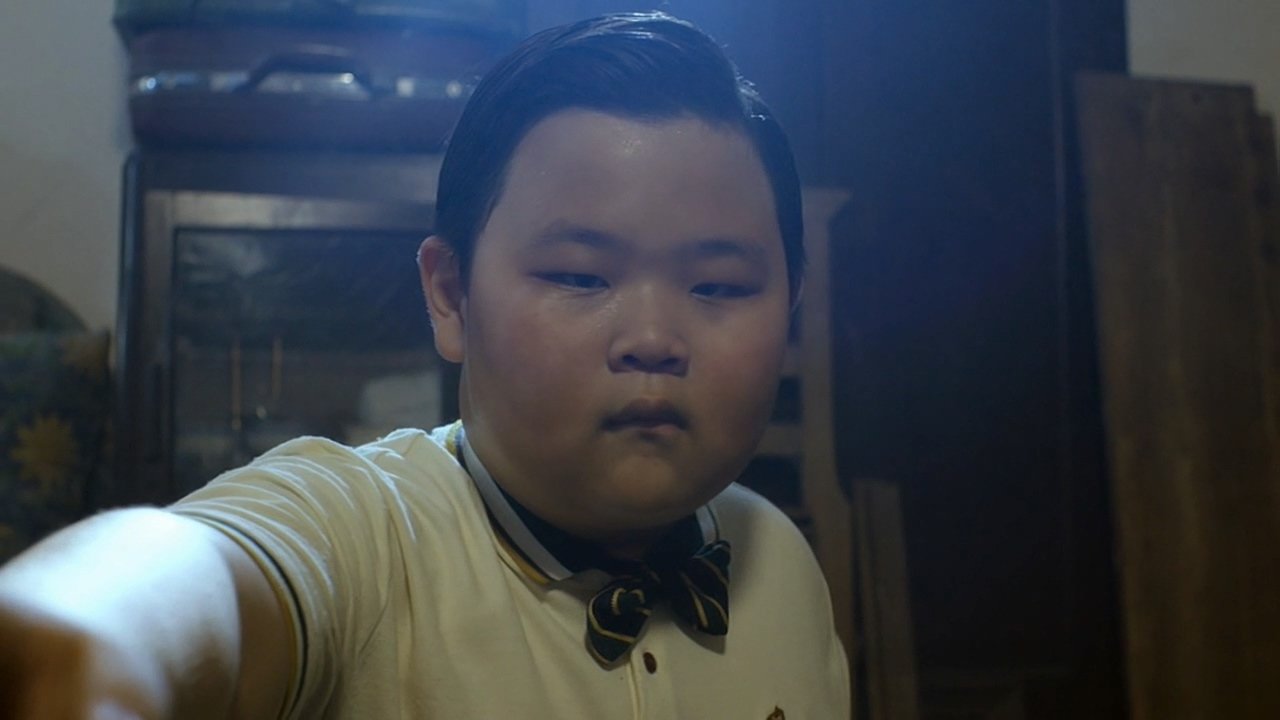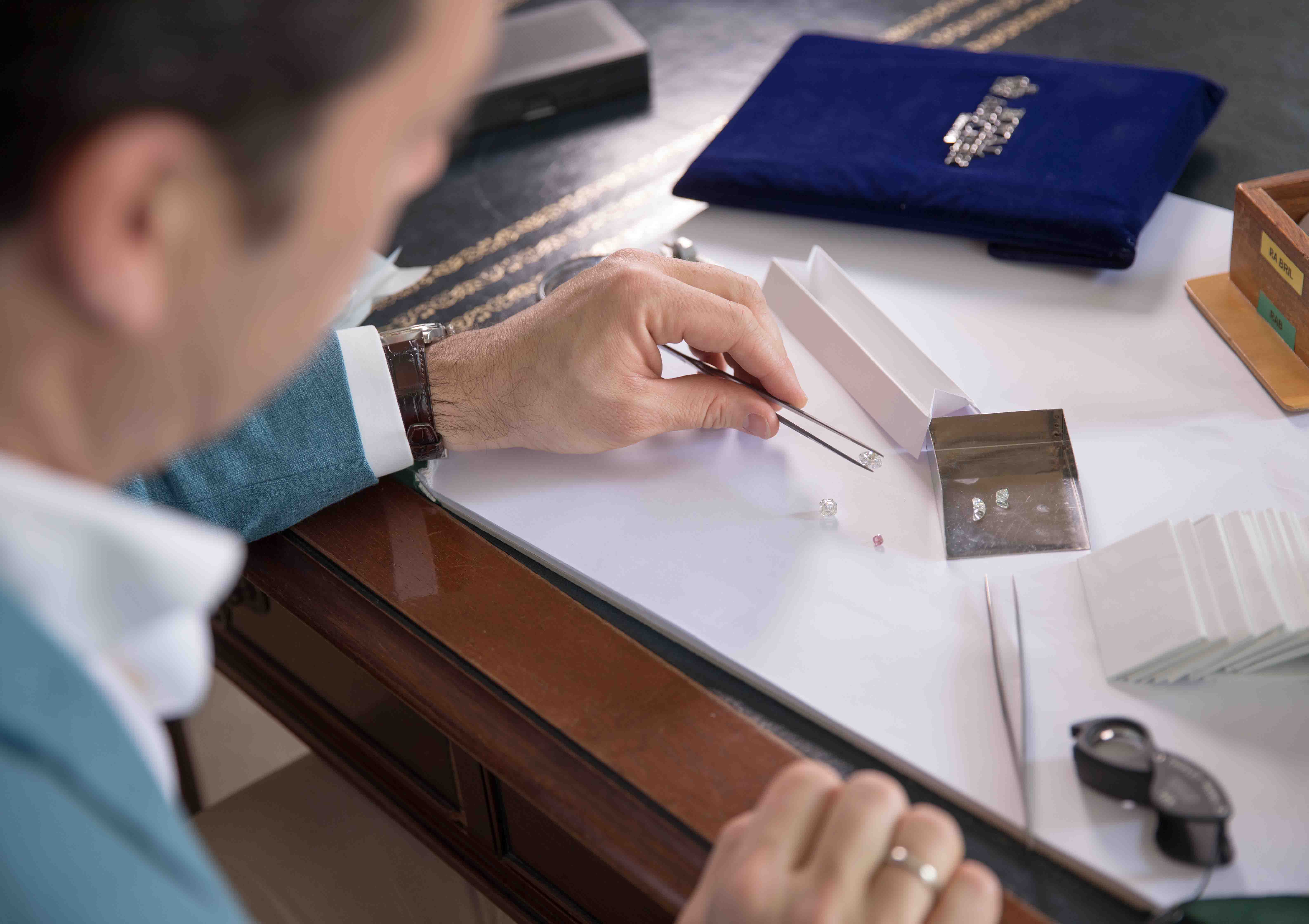

To marry outside of the closed Anglo-Saxon and Dutch society of old Hudson River Valley families – most of whom had Irish Catholics working for them as domestic servants. The money was so great that it led Mary Livingston Ludlow (Eleanor’s grandmother) He then further amassed a fortune with vast real estate holdings in New York City.


went into business with his father-in-law to create one of the most successful mid-19th century mercantile trade houses in New York, Tonnelle & Hall. 1812) were Irish immigrants who settled in Brooklyn. as a child by his parents, but it is established that those parents (1834-1880) was born in Ireland and brought to the U.S. Some sources claim that Valentine Hall, Jr. This old-school Hudson River Valley aristocrat of a First Lady with the famous Dutch name and British-American Founding Father in her family tree, was immigrant Irish Catholic. The reasons are unknown, but it does not seem coincidental that one of the four grandparents of White House and the First Lady posed for her formal photograph in front of it. A portrait of her grandfather Roosevelt, in contrast, hung proudly in the F.D.R. It was her mother who nicknamed her “Granny.”įor a wealthy family whose members had been photographed or had their portraits done several times during their lives, it is curious that not one image is extant of Eleanor Roosevelt’s great-grandparents who made the real family fortune, let alone her grandfather, a playboy who never had to work. A notoriously shallow and vain woman, she was forever marked in her daughter’s memory for telling her she was as ugly as an old lady. It seemed to her to be haunted by her memory of her mother, the beautiful socialite Anna Hall Roosevelt. It was not just her grandmother’s strict rules which later gave the First Lady sad association with the place. Roosevelt’s grandmother was the great-granddaughter of Founding Father, justice Robert Livingston, who had famously sworn-in George Washington as the first President.Īlthough the view and setting of the Hall house in Tivoli was magnificent, young Eleanor Roosevelt’s memories of it are dark and grim. Genealogy, however it was simply the fact that Mrs. None of the difficulties Eleanor faced in that household mattered much to those interested in Hall and her eccentric unmarried adult children (Eleanor’s uncle and aunts) who continued to live with her in the family mansion at Tivoli, in the Hudson River Valley. As an orphan the little girl split her time between her father’s siblings and formidable Mrs. Mary Hall was a stern woman who partially raised Eleanor after the girl’s mother died early and her father died a dissipated life, soon after. Instead, it was her maternal family, namely her mother’s mother, Mary Hall.

ran for President in 1932, however, it wasn’t her father’s Roosevelt family that the media focused on intently. When “Uncle Ted” became president, there was also public interest and media attention focused on his mother (Eleanor’s paternal grandmother) and her southern, slave-holding family, the Bullocks of Georgia.īy the time F.D.R. Her Roosevelt ancestors had been among the earliest of Dutch immigrant families to prosper in what began as the New Amsterdam colony (it was several generations back that she shared any ancestors with the man she married with the same surname, Franklin D. Roosevelt first ran for President in 1932.Įven before 1901, when her father’s brother, her uncle Theodore Roosevelt, become President of the United States, Eleanor’s paternal family was familiar to many Americans, especially in New York where their philanthropy was legendary. Unlike Jacqueline Kennedy’s Irish Catholic heritage, that of Eleanor Roosevelt was simply not mentioned or acknowledged when her husband Franklin D. It illustrates less the shame of humble origin than how the power of incredible wealth can lead people to override social dictum, even racial bigotry, on the condition that certain behavior is nonetheless accommodated. Eleanor Roosevelt’s Mysteriously Missing Grandfather & was she part-Italian?ĭespite her being born forty-five years before Jacqueline Kennedy, there is a similar pattern in the story of Eleanor Roosevelt ‘s Irish immigrant heritage.


 0 kommentar(er)
0 kommentar(er)
